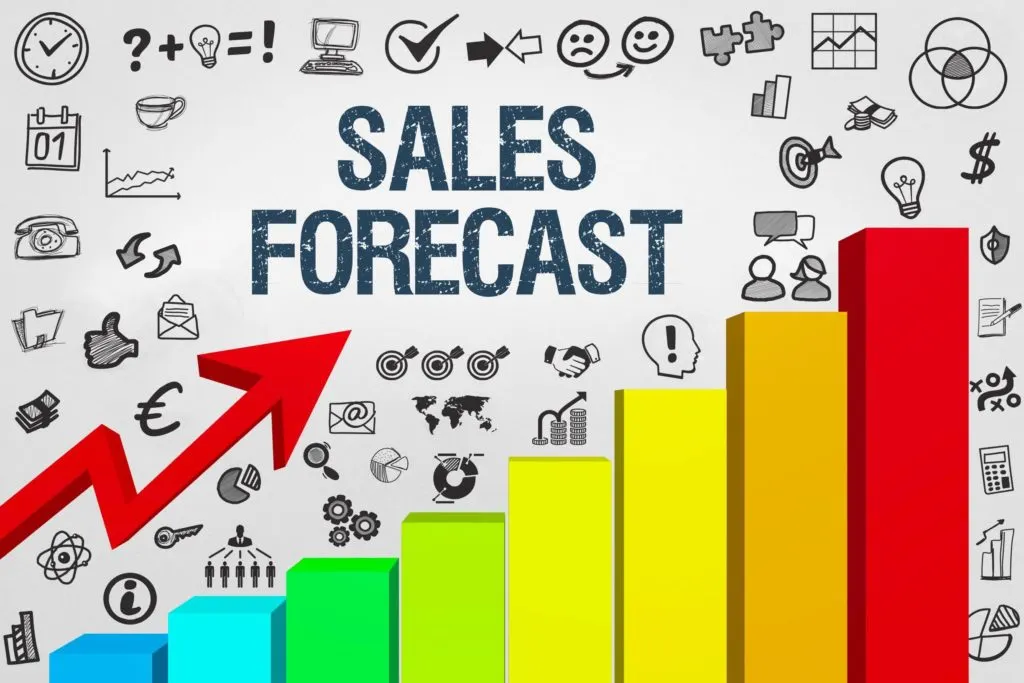Forecasting Shouldn’t Feel Like Fortune-Telling

There’s a time and place for gut instinct—like picking where to grab lunch. But when it comes to forecasting revenue? You need more than a hunch.
Too many sales managers are still hoping their quarter ends the way they think it might. The problem? Hope isn’t a strategy. And guessing doesn’t build predictable revenue.
Gut Feel Isn’t a Forecasting Strategy
Every sales leader has heard it: “I think this one’s coming in.” But when those predictions fall apart, it’s not just missed numbers—it’s missed trust, missed opportunities, and misaligned planning.
Relying on intuition alone leads to:
- Inaccurate pipelines
- Last-minute surprises
- Inefficient resource allocation
It’s not that reps are being misleading. It’s that without structure and data, forecasting becomes subjective—and fragile.
Ground Your Forecast in Real Activity
The best forecasts are built on what’s actually happening, not what reps hope will happen. That means looking at real activity data, deal engagement, and buyer behavior—not just CRM notes.
With tools like Ting AI, sales leaders can get deal insights pulled directly from rep conversations, email exchanges, and meeting patterns. No more guesswork. You see exactly which deals are moving, which are stuck, and which are slipping—without having to chase reps for updates.
Build a Single Source of Truth
Clean forecasting starts with alignment. Your sales team, RevOps, and leadership all need to be looking at the same data, in the same place, in real time. When every stakeholder relies on different spreadsheets or manual updates, the forecast gets muddied.
With a centralized, AI-driven system, your forecast becomes more than a number—it becomes a shared, trusted source of truth.
Here’s what that looks like:
- Automatic updates from real-time deal activity
- Clear visibility into pipeline health
- Data-backed projections you can actually defend
This isn’t about replacing rep input. It’s about enhancing it with objective, reliable data.
Confident Forecasts Build Confident Teams
When leaders trust the forecast, they can plan ahead. Marketing knows how to support. Finance can make better resourcing decisions. And sales reps know exactly where to focus.
Forecasting becomes less about hope—and more about confidence.
Instead of “We’ll see how the last week of the quarter plays out,” it becomes, “We know what’s coming and we’re ready for it.”
Predictability Comes From Process
Great forecasting isn’t a magic trick. It’s the outcome of solid process, smart tools, and consistent execution.
So stop crossing your fingers. Stop asking your team to guess. And start building a forecasting system that gives you visibility, accuracy, and peace of mind.
Because when your forecast is grounded in reality, the only surprise at the end of the quarter… is how smooth it all went.